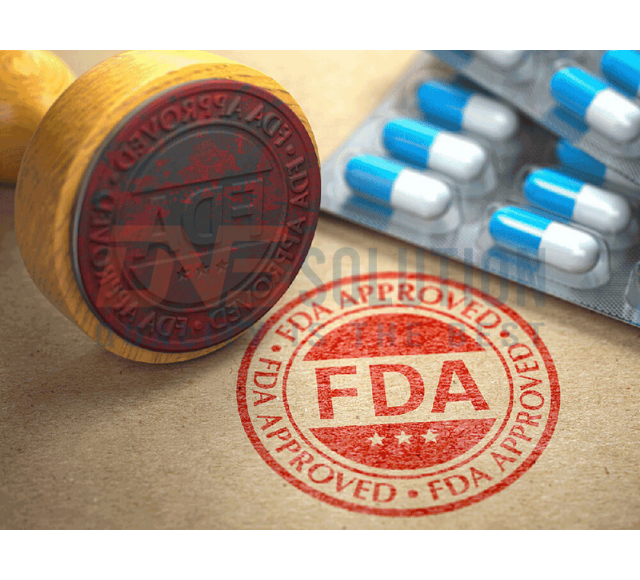FDA Organization
FDA is an agency within the Department of Health and Human Services.
Effective March 31, 2019, FDA began operational implementation of an agency reorganization. FDA’s reorganization reflects the agency’s commitment to modernizing its structure to advance its mission to protect and promote public health, and to meet the challenges of rapid innovation across the industries regulated by FDA. The FDA’s reorganization will realign several entities across the agency to promote strategic priorities, and will elevate the role of the centers, offices and field forces.
The History of FDA’s Fight for Consumer Protection and Public Health

- The Food and Drug Administration is the oldest comprehensive consumer protection agency in the U. S. federal government. Since 1848 the federal government has used chemical analysis to monitor the safety of agricultural products — a responsibility inherited by the Department of Agriculture in 1862 and by later by the FDA.
- Although it was not known by its present name until 1930, FDA’s modern regulatory functions began with the passage of the 1906 Pure Food and Drugs Act, a law a quarter-century in the making that prohibited interstate commerce in adulterated and misbranded food and drugs–had been the driving force behind this law and headed its enforcement in the early years, providing basic elements of protection that consumers had never known before that time.
- Since then, the FDA has changed along with social, economic, political and legal changes in the United States. Examining the history of these changes illuminates the evolving role that FDA has played in promoting public health and offers lessons to consider as we evaluate current regulatory challenges.
FDA Mission
- The Food and Drug Administration is responsible for protecting the public health. By ensuring the safety, efficacy, and security of human and veterinary drugs, biological products, and medical devices; and by ensuring the safety of our nation’s food supply, cosmetics, and products that emit radiation.
- FDA also has responsibility for regulating the manufacturing, marketing. And distribution of tobacco products to protect the public health. To reduce tobacco use by minors.
- And FDA is responsible for advancing the public health by helping to speed innovations that make medical products more effective, safer, and more affordable. By helping the public get the accurate, science-based information they need to use medical products and foods to maintain and improve their health.
- FDA also plays a significant role in the Nation’s counterterrorism capability. And FDA fulfills this responsibility by ensuring the security of the food supply. And by fostering development of medical products to respond to deliberate and naturally emerging public health threats.
Products Regulate

The scope of FDA’s regulatory authority is very broad. FDA’s responsibilities are closely related to those of several other government agencies. Often frustrating and confusing for consumers is determining the appropriate regulatory agency to contact. The following is a list of traditionally-recognized product categories that fall under FDA’s regulatory jurisdiction:
- Food
- Drugs
- Medical Devices
- Radiation-Emitting Products
- Vaccines, Blood, and Biologics
- Animal and Veterinary
- Cosmetics
- Tobacco Products
DNS SOLUTION provides FDA certified industrial support products. Contact HOTLINE: 0986 042 188 for advice.
Refer to the industrial support products of DNS SOLUTION here
Websitednssolution.vnis protected by the Ministry ofIndustry and Trade of Vietnam.





